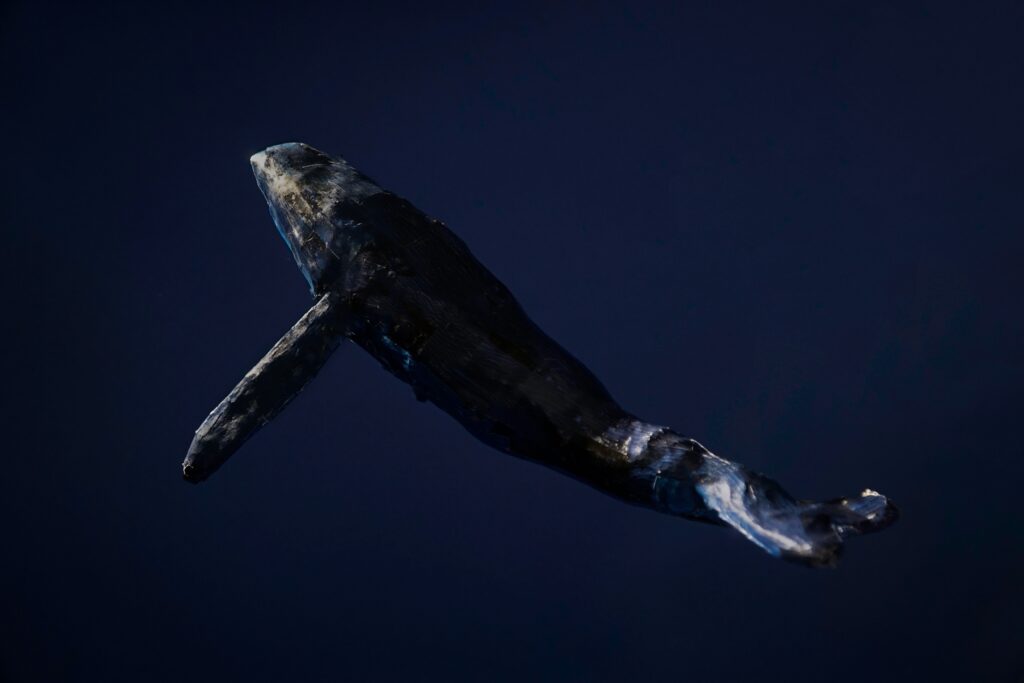The Hidden Histories Encoded in Whales’ Waxy Earplugs
Beneath the waves, a humpback whale’s haunting song rings out. These giants of the deep have captivated humanity for ages with their intelligence, emotions and intricate social bonds. Yet much about whales remains a mystery due to their hidden underwater lives. Now, a surprising natural artifact is unveiling their secrets – Whale earwax, containing lifetime records that illuminate whales’ ages, life stories, and survival threats.
Tree Rings of the Sea
Floating through the ocean, whales are difficult to track over decades, making lifespan estimates elusive. But deceased whales that wash ashore offer a revelation – their stiffened earplugs. These plugs act as waxy time capsules, encoding the whale’s age and chemical biography in laminated layers.
Whale earwax accumulates in alternating light and dark bands, rather like tree rings. Each set of bands equals roughly six months. By counting the layers, researchers can accurately calculate a whale’s age, sometimes over a century. This provides invaluable data on longevity and life stages.
Earplugs also retain lifetime chemical profiles. Because whales are long-lived filter feeders, their bodies absorb marine pollutants and stress hormones that become embedded in the wax. This creates a chronological journal documenting the whale’s experiences over time.
Chemical Narratives
By analyzing whale earwax chemistry, scientists can reconstruct stress events across a whale’s lifespan. Layers revealing high cortisol pinpoint especially difficult periods for the whale.
For example, by matching stress spikes with known whaling activity from 1870-2016, a clear correlation emerged between hunting and whale stress. But surprisingly, cortisol also peaked around World War 2 despite whaling declining – likely due to disruptive military noises.
This demonstrates the wax’s power as a historical lens, providing context on threats whales faced. Though commercial whaling has ceased, modern stressors like ship noise and climate change are newly visible through these chemical profiles.
Guardians of the Ocean
Beyond aging, earplugs are teaching us how human activity impacts whales, even from decades ago. These waxy records are sobering testaments that the ocean remains an unsettled realm for its ancient denizens. But they also offer hope.
The more we understand whales’ life stories, the better equipped we become to protect their future. Earplug insights can guide conservation policies to reduce disruptions to these majestic, sentient creatures. They compel us to pay reparations through stewardship.
We cannot reverse past harms documented in wax, but can adapt our behavior to support the giants who stir awe in our hearts. In studying the small waxen wall of a whale’s ear canal, perhaps we may rediscover how to safeguard the boundless blue habitats we share.

